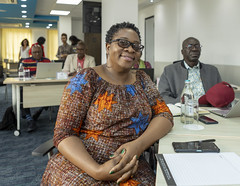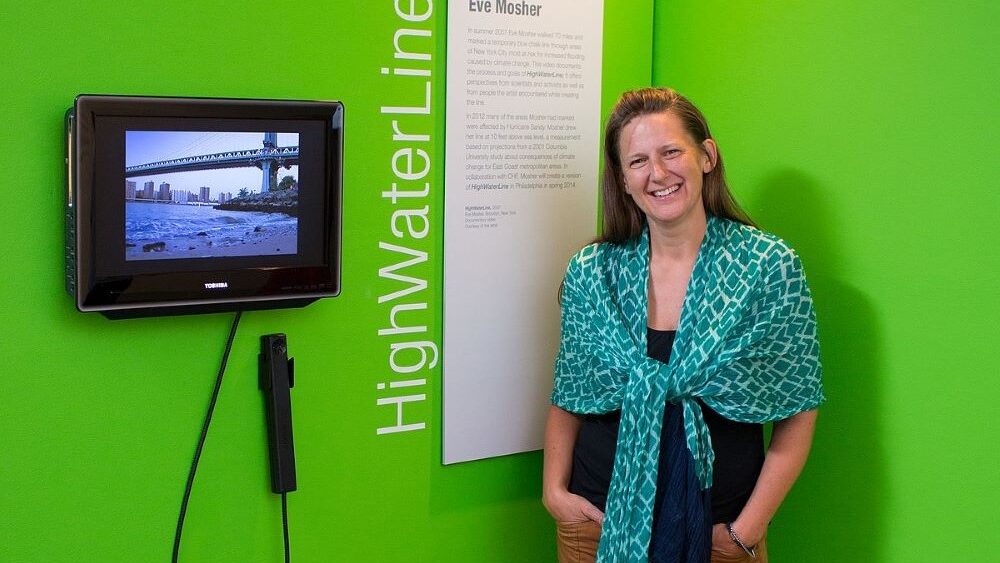Human vs ‘natural’ causes of displacement: the relationship between conflict and disaster as drivers of movement By Tamara Wood May 27, 2015 In 2011, more than a million people were displaced across borders from southern Somalia, forced to flee the combined effects of severe drought and prolonged conflict in the country. This year, many thousands of Nigerian refugees, having already fled violent attacks in the northeast of the country, are at risk of further displacement due to flooding in neighbouring Niger. Across Africa, increased competition for diminishing resources has led to conflict between pastoralist communities, forced to travel beyond traditional grazing lands in search of food and water. In legal and policy circles it is sometimes seen as desirable to distinguish between those displaced by ‘human’ causes, such as conflict and violence, and those displaced by ‘natural’ causes, such as environmental hazards and disasters. As the above examples illustrate, however, the reality of displacement is often far more complex. This is particularly true in Africa, where displacement, both internal and cross-border, is frequently the combined result of pressures such drought, flooding, conflict, weak governance and poverty. This ‘multi-causality’ of displacement has been emphasised throughout the Nansen Initiative’s consultative process on disaster-related displacement and is reflected in the very definition of a ‘disaster’, which depends on the combined result of natural hazards, existing vulnerabilities and the response capacities of governments.[1] There are multiple ways in which disasters and conflict might combine to produce displacement. These include:
- Conflict and disasters exist side-by-side Sometimes disasters strike in regions already wracked by conflict. This was the case in Somalia, where drought and continued fighting both put pressure on the population, such that it was impossible to identify one or the other as the ‘tipping point’ for movement.
- Conflict and disasters interact Natural hazards can contribute to, or exacerbate, conflict situations. Within pastoralist communities in many parts of Africa, diminishing water and pastures have led to violent clashes both among pastoralists, and between pastoralists and local communities, providing further pressure for movement.
- Conflict and disasters may impact sequentially Disaster and conflict may operate sequentially, one forcing a person from their home and the other prompting onward movement. Nigerian refugees forced across borders by violent attacks are at risk of further displacement due to flooding during the annual rains.
Measures for providing protection to disaster-displaced persons – both existing and proposed – must take into account the complex nature of the relationship between conflict and disasters when it comes to displacement. In particular, any attempt to identify those deserving of such protection must acknowledge the multi-causality of displacement. Rarely will a natural hazard or disaster be the sole cause of a person’s displacement – in addition to conflict, factors such as poverty, weak governance and lack of social support may also influence a person’s decision to leave a disaster-affected region. Any proposed definition of a ‘disaster-displaced person’ must therefore not require a disaster to be the cause of displacement, but only a contributing (or a significant) cause of displacement. Protection mechanisms intended to benefit people displaced in the context of disasters must also take into account their complex and varied needs. In particular, any assessment that it is safe for disaster-affected populations to return home must look not only to whether or not the disaster situation itself has passed, but more broadly to whether the region of return provides sufficient security and stability for the full realisation of human rights. Failure to do so would not only undermine protection for those left vulnerable by the effects of a disaster, but would risk creating further displacement as people go in search of security and stable livelihoods. [1] Link to definition of disaster – UNISDR http://www.unisdr.org/we/inform/terminology Tamara Wood is a PhD candidate and the Faculty of Law, UNSW and a Member of the Andrew and Renata Kaldor Centre for International Refugee Law. She was a consulting legal expert for the Nansen Initiative’s Horn of Africa Regional Consultation. http://www.law.unsw.edu.au/profile/tamara-wood‘















